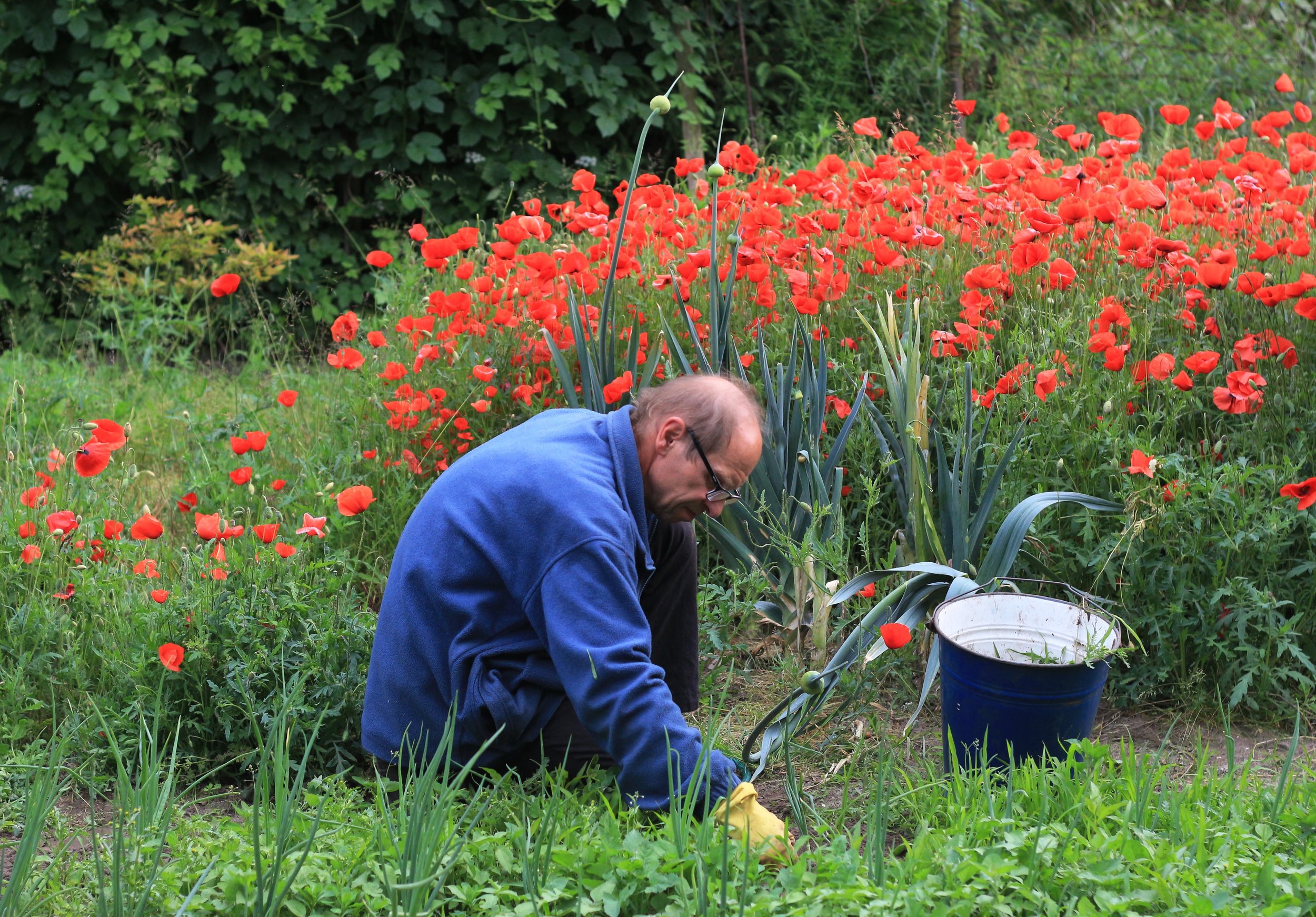Weeding Landscape Beds
Image via pxHere - CC0 Public Domain
Maintaining a beautiful landscape can be a rewarding but challenging task. One of the most persistent challenges faced by gardeners and landscapers is the constant battle against weeds. These unwelcome guests can quickly take over your landscape beds, stealing nutrients from your plants and diminishing the aesthetic appeal of your garden. In this blog post, we will explore effective strategies for weeding landscape beds, ensuring your garden remains a stunning and weed-free oasis.
Understanding Weeds: Know Your Enemy
Before diving into weeding techniques, it's important to understand what you're dealing with. Weeds are essentially any plants growing where they are not wanted. They can be annuals, biennials, or perennials and vary in their characteristics and growth habits. Common landscape weeds include dandelions, crabgrass, chickweed, and thistle. Recognizing the types of weeds in your garden can help you choose the most effective removal methods.
Preventive Measures: Stopping Weeds Before They Start
1. Mulching
One of the most effective preventive measures is mulching. A thick layer of mulch (2-3 inches) can block sunlight from reaching weed seeds, preventing their germination. Organic mulches like wood chips, bark, or straw also add nutrients to the soil as they decompose.
2. Landscape Fabric
Laying down landscape fabric before planting can create a barrier that prevents weeds from emerging. Make sure to cut holes for your plants and secure the fabric with pins to keep it in place. Personally, I’m not a fan of landscape fabric because eventually it can get weeds growing on top of it and the roots just become a tangled mess with it. A similar, better option is cardboard or newspaper in my experience.
3. Proper Plant Spacing
Crowded plants can suppress weed growth by shading the soil. Ensure your plants are appropriately spaced to minimize gaps where weeds can establish themselves.
4. Soil Health
Healthy soil can outcompete weeds. Regularly amend your soil with compost and ensure it has good drainage. A robust soil ecosystem supports vigorous plant growth, which can naturally suppress weeds.
Manual Weeding: The Hands-On Approach
1. Hand Pulling
This is the most straightforward method. For best results, pull weeds when the soil is moist. Grasp the weed close to the base and pull gently but firmly to remove the entire root system. Hand tools like dandelion diggers or hoes can make this task easier.
2. Hoeing
Use a hoe to cut weeds off just below the soil surface. This method is effective for annual weeds that can regrow from the root. Be cautious not to damage the roots of your desired plants.
3. Weed Wrenches and Grubbers
For tougher, deep-rooted weeds, specialized tools like weed wrenches and grubbers can be highly effective. These tools provide leverage to uproot stubborn weeds with minimal effort.
Chemical Controls: When to Use Herbicides
1. Pre-Emergent Herbicides
These are applied to the soil to prevent weed seeds from germinating. Use them early in the season before weeds start to sprout. Corn gluten meal is an organic option that can act as a pre-emergent herbicide.
2. Post-Emergent Herbicides
These are used on actively growing weeds. Selective herbicides target specific types of weeds, while non-selective herbicides will kill any plant they come into contact with. Use these products sparingly and follow the manufacturer's instructions to avoid harming your plants and the environment.
3. Organic Herbicides
If you prefer a more natural approach, there are organic herbicides available. Ingredients like vinegar, citric acid, and clove oil can effectively kill weeds. These solutions are generally less persistent in the environment but may require more frequent applications.
Maintenance: Keeping Weeds at Bay
1. Regular Inspection
Frequently inspect your landscape beds for emerging weeds. Early detection and removal can prevent a minor weed problem from becoming a major headache.
2. Proper Watering
Water your plants efficiently. Drip irrigation or soaker hoses can deliver water directly to the roots of your plants, minimizing water available to weeds.
3. Cover Crops
Planting cover crops in off-season times can suppress weed growth, improve soil health, and prevent erosion. Clover, rye, and vetch are good options for cover crops. It might seem odd, but they can form a beautiful option to bring interest to your beds in the off season.
4. Seasonal Clean-Up
Remove dead plants, leaves, and other debris from your landscape beds at the end of each season. This reduces places where weeds can overwinter and spread.
Weeding landscape beds is an ongoing process that requires a combination of preventive measures, manual weeding, and sometimes chemical controls. By understanding the types of weeds you are dealing with and employing a strategic approach, you can keep your garden looking pristine and healthy. Remember, a weed-free garden not only looks better but also allows your plants to thrive by reducing competition for resources.

